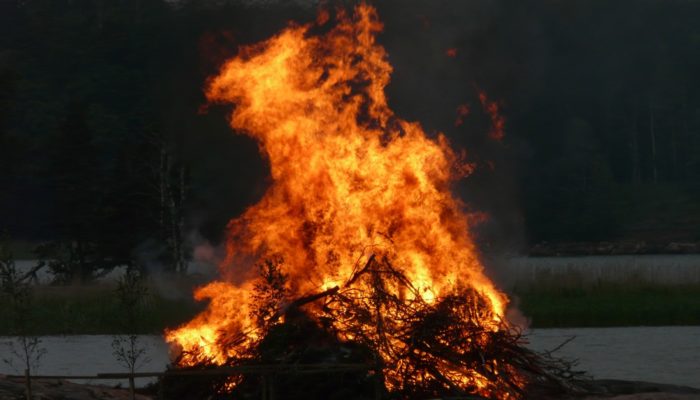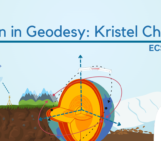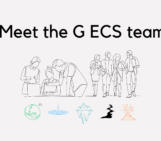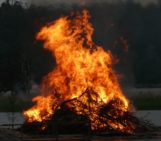
We all welcome you around our third EGU Geodesy Campfire to listen to two exciting talks by Early Career Scientists (ECS) Kyriakos Balidakis and Giulio Tagliaferro. The Geodesy EGU Campfire Events “Share Your Research” will give early career researchers the chance to talk about their work. Below you can find detailed descriptions about their talks. We will have time for networking after the presentations.
Please join us on Zoom on December 9th from 4 to 5:30 pm (CET). Register for this webinar here.
 Kyriakos Balidakis @ GFZ Potsdam (Germany):
Kyriakos Balidakis @ GFZ Potsdam (Germany):
Weather Contribution to Tides
Rapid atmospheric density and pressure changes induce gravity variations that are on the cm-level when expressed in equivalent water heights. To mitigate spatial leakage and temporal aliasing in GRACE and GRACE-FO global gravity products, mass redistribution due to both lunisolar gravitational and meteorological forcing within Earth’s fluid envelope need to be modelled numerically with high spatial and temporal resolution. Improved background models reduce one of the major error contributions to modern satellite gravimetry, thus allowing more reliable monitoring of terrestrial water and ice mass changes. The presentation follows the work carried out at the GFZ since many years towards building new models describing both tidal and non-tidal mass variations consistently for the atmosphere based on the latest high-resolution numerical weather data reanalysis ERA5 that will be readily applicable for both gravimetric and geometric observation techniques of Global Geodesy.
 Giulio Tagliaferro @ GReD (Italy):
Giulio Tagliaferro @ GReD (Italy):
Hermite Normal Form and a General Approach to Rank Deficient Integer Estimation: With Applications to GNSS Adjustment
The contribution will present a general discussion of the problem of estimating integer unknowns in a least-squares sense for cases where the corresponding design matrix is rank deficient. Firstly, different ways to search for the Integer Least Squares in such cases will be discussed. Then it will be shown how the Hermite Normal Form provides a general procedure to solve the presented problem. Finally, some GNSS cases will be presented as an example of practical applications.
We are looking for speakers for the next Geodesy EGU Campfire Events “Share Your Research”. Are you interested in giving a talk, then please express your interest by filling out the form: https://forms.gle/tc2vwGehHHb8THrJ7
If you have any questions about the Geodesy EGU Campfire Event, please contact the Geodesy ECS Team via ecs-g@egu.eu.




